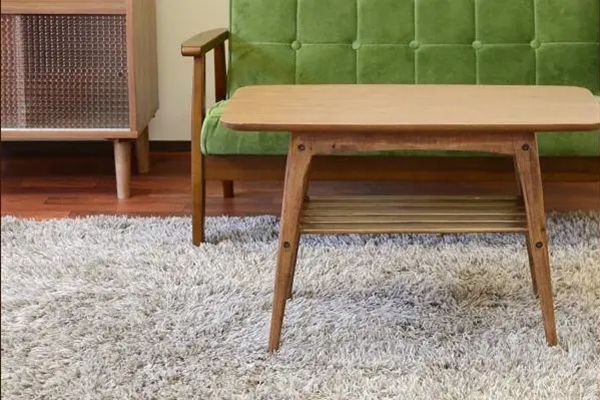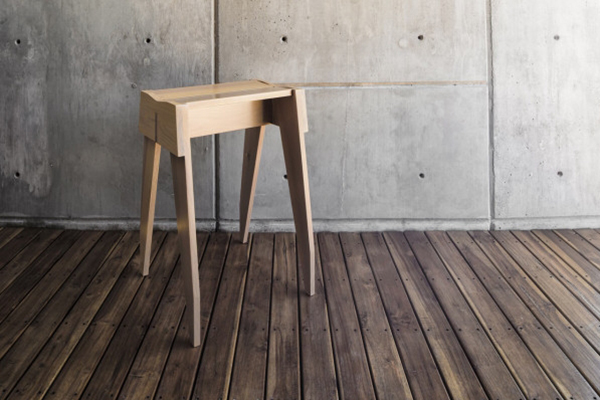Modern furniture has a variety of styles, and there are many choices of wood.Choosing the right wooden furniture can be a daunting task, given the variety of woods, styles, and finishes available.
1. Understanding Different Types of Wood:
- – Hardwoods: These are dense and durable woods such as oak, mahogany, and walnut. They are often more expensive but offer longevity and a rich, deep color.
- – Softwoods: Examples include pine, cedar, and spruce. They are typically lighter in weight and less expensive, making them suitable for casual or children’s furniture.
2. Assessing Quality and Craftsmanship:
- – Look for furniture made with solid wood rather than veneers or particleboard, which can be less durable.
- – Check the joints, ensuring they are well-constructed and not just glued together.
- – Inspect the wood for knots, cracks, or other imperfections that may affect its longevity.
3. Considering the Furniture’s Style and Design:
- – Choose a style that complements your home’s decor. Traditional, modern, rustic, and contemporary are just a few of the many design options available.
- – Consider the size and scale of the furniture in relation to your space to ensure it fits well and is proportionate.

4. Evaluating the Finish:
- – The finish can greatly affect the look and durability of the furniture. Opt for a high-quality finish that is resistant to scratches and fading.
- – Consider the maintenance required for different finishes. Some may need more frequent polishing or care than others.
5. Sustainability and Environmental Impact:
- – Look for furniture made from sustainably sourced wood. This not only supports environmental conservation but can also enhance the furniture’s value.
- – Consider the manufacturing process and the company’s commitment to ethical practices.
6. Budget Considerations:
- – Determine your budget before you start shopping. High-quality wooden furniture can be an investment, so it’s important to know what you’re willing to spend.
- – Don’t be afraid to negotiate prices or look for sales and discounts.

7. Warranty and After-Sales Service:
- – Check if the furniture comes with a warranty that covers defects or damage.
- – Research the company’s reputation for customer service and after-sales support.
8. Personal Preferences and Needs:
- – Think about your personal style and how the furniture will fit into your lifestyle.
- – Consider the practical aspects, such as whether you need furniture that is easy to clean or resistant to damage.
Conclusion:
Selecting wooden furniture is an investment in both the aesthetic and functional aspects of your home. By considering the type of wood, quality, style, finish, sustainability, budget, and after-sales service, you can ensure that your choice will not only enhance your living space but also stand the test of time. Remember, the right piece of wooden furniture can be a treasured possession for years to come.


